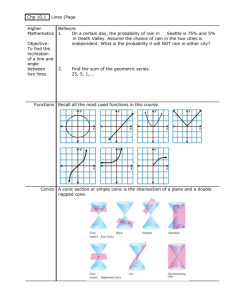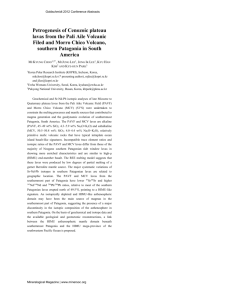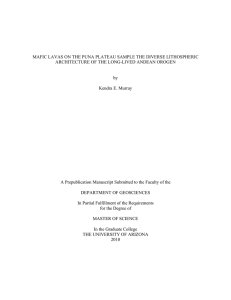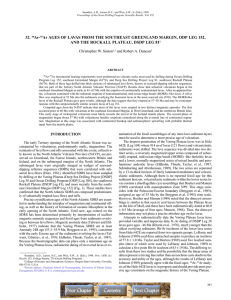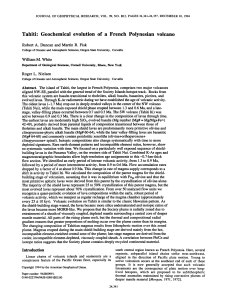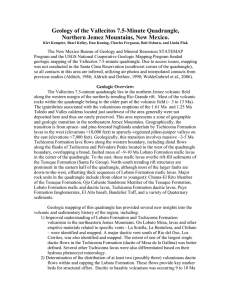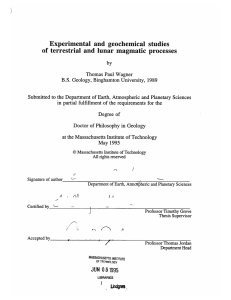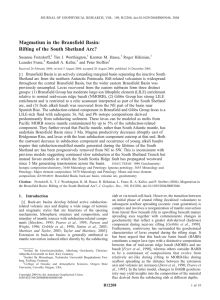Problem Set 2: Magnetism and plate motion
advertisement
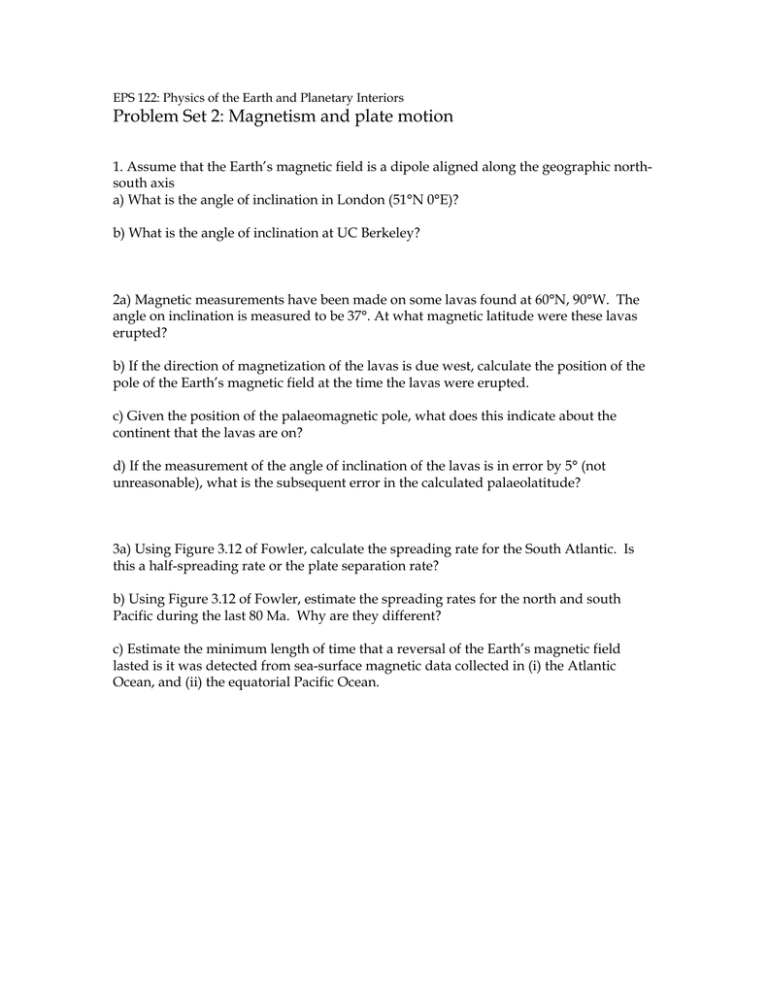
EPS 122: Physics of the Earth and Planetary Interiors Problem Set 2: Magnetism and plate motion 1. Assume that the Earth’s magnetic field is a dipole aligned along the geographic northsouth axis a) What is the angle of inclination in London (51°N 0°E)? b) What is the angle of inclination at UC Berkeley? 2a) Magnetic measurements have been made on some lavas found at 60°N, 90°W. The angle on inclination is measured to be 37°. At what magnetic latitude were these lavas erupted? b) If the direction of magnetization of the lavas is due west, calculate the position of the pole of the Earth’s magnetic field at the time the lavas were erupted. c) Given the position of the palaeomagnetic pole, what does this indicate about the continent that the lavas are on? d) If the measurement of the angle of inclination of the lavas is in error by 5° (not unreasonable), what is the subsequent error in the calculated palaeolatitude? 3a) Using Figure 3.12 of Fowler, calculate the spreading rate for the South Atlantic. Is this a half-spreading rate or the plate separation rate? b) Using Figure 3.12 of Fowler, estimate the spreading rates for the north and south Pacific during the last 80 Ma. Why are they different? c) Estimate the minimum length of time that a reversal of the Earth’s magnetic field lasted is it was detected from sea-surface magnetic data collected in (i) the Atlantic Ocean, and (ii) the equatorial Pacific Ocean.
